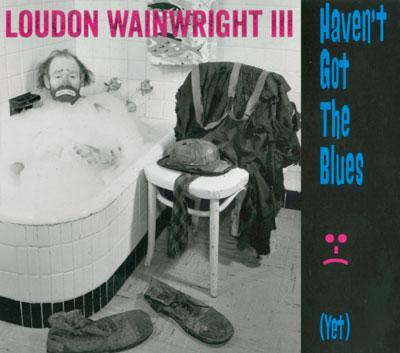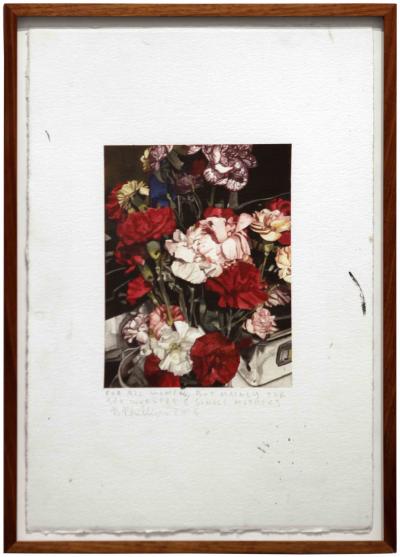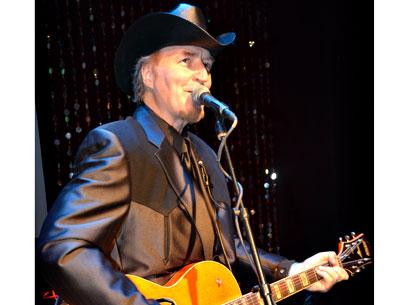Jazz in Montauk
Jazz in Montauk
Janice Friedman, a jazz pianist and vocalist, and Marco Panascia, a bassist, will perform a program of jazz standards and original songs in a free concert at the Montauk Library on Wednesday at 7:30 p.m.
Ms. Friedman has performed at jazz festivals throughout the United States and Europe, in concert halls and clubs including Carnegie Hall, the Kennedy Center, the Blue Note, and Birdland, and at posh hotels such as the Waldorf Astoria and the Essex House. Mr. Panascia, too, has performed at important music festivals and venues worldwide and been featured in bands with such jazz luminaries as Natalie Cole, Kenny Barron, and Alvin Queen.





